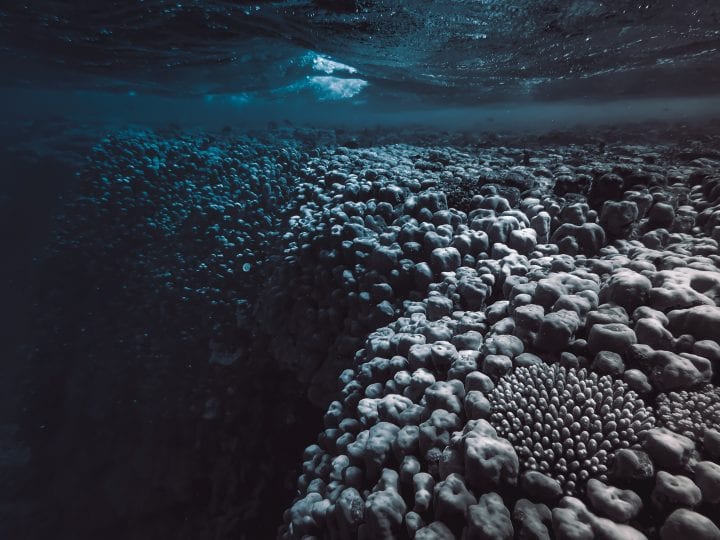Storyteller Award - High School
UN Sustainable Development Goals Addressed
-

Goal 11: Sustainable Cities & Communities
-

Goal 13: Climate Action
2021 Youth Design Challenge
This design concept was developed by participants in the Institute’s Youth Design Challenge. The descriptions below are from the team’s competition entry materials.
School: Carlmont High School
Location: Belmont, CA, United States
Coach: Sarah Shayesteh
Team members: Aylin Salahifar, Emma Scott, Erin Kee, Kayla Hogan, Kiana George, Kaliya Mah
Innovation Details
The BioBRICKery team sought to address climate-related housing displacement while also addressing carbon dioxide emissions from the building industry as a root cause of the issue. They created and tested a prototype for a carbon-sequestering mud brick that is inspired by calcium carbonate-producing marine organisms, the use of hexagons for strength found in multiple organisms, and a freeze-resistant arctic fish. They envision their design as an affordable and sustainable building option for those who are displaced or in difficult situations due to climate emergencies.
What is the problem addressed for this Challenge and how is it related to climate change?
The team addressed the issues of rising carbon emissions and housing displacement caused by natural disasters. According to the EPA, CO2 emissions will reach 4.8 billion metric tons in 2021. Certain geographical areas are more heavily impacted by these emissions and face rising rates of natural disasters. For example, the local Bay Area communities have experienced harsher fire seasons and rising sea levels due to increasing atmospheric carbon-related environmental changes, causing many to lose their homes. The team created a solution that relieves climate-related housing displacements while also addressing the root of the issue: CO2 emissions.
What does this design solution do? How does it solve and improve a problem?
The team designed a mud-brick that addresses rising carbon dioxide levels through carbon sequestration. Atmospheric CO2 is stored as calcium carbonate in the brick itself, guaranteeing permanent sequestration. These bricks are shaped hexagonally for added strength, and in a hypothetical next step, the team would add polyvinyl alcohol to solve mud-bricks’ historic susceptibility to breaking due to weight-induced pressure and weather-induced freezing and thawing. Most importantly, the team designed these bricks with accessible and feasible materials so that they are easy to produce, providing the ideal building material to easily sequester CO2 and aid those who have been displaced by climate change.
How was this solution inspired by nature? What organisms inspired it?
The solution is inspired by nature on physical and chemical levels. Physically, the hexagon-shaped bricks were inspired by the abundance of organisms that utilize hexagonal shapes, which support the most weight with the least amount of material. Chemically, the team biomimicked the way marine organisms create calcium carbonate by absorbing CO2 from their environments and the way in which antifreeze proteins of the arctic Channichthyidae fish bind to and prevent ice crystals from growing within its body. All of the organisms the team drew inspiration from helped add levels of functionality to the design that optimized for sustainability and practicality.




